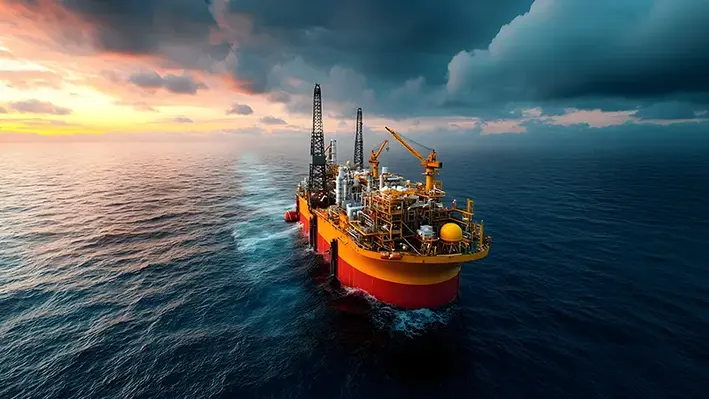
 Golar’s 3.5MTPA MK II FLNG will be deployed for contract start-up in Argentina during 2028, in line with a final investment decision following definitive agreements executed by Argentinian gas producers consortium, Southern Energy SA, and Golar in May 2025.
Golar’s 3.5MTPA MK II FLNG will be deployed for contract start-up in Argentina during 2028, in line with a final investment decision following definitive agreements executed by Argentinian gas producers consortium, Southern Energy SA, and Golar in May 2025.
The key commercial terms for the 20-year charter agreement include net charter hire to Golar of US$400mn per year, plus a commodity linked tariff component of 25% of FOB prices in excess of US$8/mmbtu.
The FLNG, currently under conversion in China, will sail to Argentina following her redelivery. The MKII FLNG will be moored in the San Matías Gulf near the FLNG Hilli, which is expected to start its 20-year charter with SESA during 2027. Combined, the two units have a nameplate capacity of 5.95MTPA, and the project expects to benefit from significant operational efficiencies and synergies from two FLNGs in the same area.
Regulatory and related customary closing conditions for the MKII FLNG project is expected by this year.
Golar’s Chief Executive Officer, Karl Fredrik Staubo, said, “Today’s FID marks another milestone for SESA in establishing Argentina as an attractive LNG exporter and building on Golar’s position as the market leading FLNG service provider. FID solidifies US$8bn of net earnings visibility over 20 years to Golar, with attractive upside potential in the FLNG commodity tariff component and through our shareholding in SESA. We look forward to continuing to develop the SESA partnership into a leading LNG exporter in South America.”
The SESA consortium comprises Pan American Energy (30%), YPF (25%), Pampa Energia (20%) and Harbour Energy (15%), as well as Golar (10%).
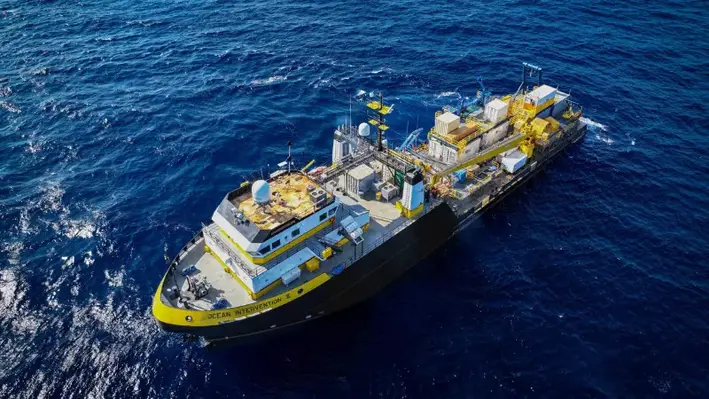
 Oceaneering International has announced its Subsea Robotics segment has upgraded the Ocean Intervention II (OI2), an oceanographic research vessel, in order to perform simultaneous autonomous survey operations.
Oceaneering International has announced its Subsea Robotics segment has upgraded the Ocean Intervention II (OI2), an oceanographic research vessel, in order to perform simultaneous autonomous survey operations.
The purpose-built OI2 was first launched in 2000 to carry out geophysical and geotechnical surveys. Earlier this year the vessel underwent significant upgrades to expand its capabilities and improve performance for modern survey demands.
Peter Buchanan, Senior Director of Survey, Products and Services, Subsea Robotics, Oceaneering, said, “The Ocean Intervention II provides a step change in survey data acquisition productivity with the ability to simultaneously collect AUV, towed geophysical and geotechnical data. We’re excited to offer this enhanced capability to our clients.”
Some of the enhancements included:
With its enhanced configuration, the OI2 transitions between AUV and towed geophysical surveys, and geotechnical sampling, supporting efficient multi-discipline campaigns.
When paired with Oceaneering’s remotely operated USV capabilities and global Onshore Remote Operations Centers, the OI2 becomes a key enabler of fully integrated, low-risk offshore surveys. The next-gen survey approach supports faster data acquisitions, improved decision-making and increased efficiency thro8ugh simultaneous operations.
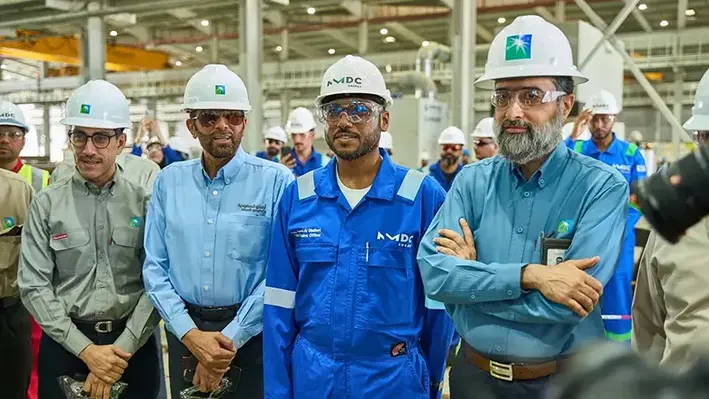
 NMDC Energy, a leading EPC (engineering, procurement, and construction) service provider for onshore and offshore energy industries, has officially started fabrication activities at its advanced facility in Ras Al-Khair, Saudi Arabia. The commencement of steel cutting signifies the start of full operations, reinforcing the company’s commitment to supporting Saudi Arabia’s industrial growth and energy development goals.
NMDC Energy, a leading EPC (engineering, procurement, and construction) service provider for onshore and offshore energy industries, has officially started fabrication activities at its advanced facility in Ras Al-Khair, Saudi Arabia. The commencement of steel cutting signifies the start of full operations, reinforcing the company’s commitment to supporting Saudi Arabia’s industrial growth and energy development goals.
The Ras Al-Khair yard, covering 400,000 square metres, is situated in the strategically important Ras Al-Khair Special Economic Zone. Designed to support both offshore and onshore projects, it has an annual fabrication capacity of 40,000 tonnes. The facility is equipped with advanced automation, digital tools, and provides comprehensive services including fabrication, rigging, modularisation, and maintenance for complex energy infrastructure.
With an investment of AED 200 million, NMDC Energy has created a safe, modern, and sustainable workspace aimed at reducing emissions and aligning with Saudi Aramco’s and the Kingdom’s energy sector needs.
Mohamed Hamad Almehairi,Chairman of NMDC Energy, said, “The start of fabrication in Ras Al-Khair is a significant step in our regional expansion. With over 51 years of experience, NMDC Energy is proud to bring its proven expertise to Saudi Arabia. This yard is not just an operational asset—it’s a strategic investment supporting industrial growth, local capability, and regional transformation.”
Currently, nine offshore jackets are in production for long-time client Aramco. This milestone enhances NMDC Energy’s presence in the Kingdom and aligns with Saudi Arabia’s Vision 2030 by adding new industrial capabilities. To support operations, over 1,800 skilled staff will be relocated from Abu Dhabi to ensure top-quality standards and seamless project execution.
The Ras Al-Khair facility plays a central role in NMDC Energy’s localisation efforts. The company has already reinvested billions of riyals into Saudi Arabia and aims to increase its iktva (In-Kingdom Total Value Add) score to 39% by 2025 and 51% by 2028.
Ahmed Al Dhaheri CEO Eng. said, “This facility underlines our commitment to supporting Saudi Arabia’s localisation agenda and delivering high-scale, complex projects. With decades of expertise, NMDC Energy is ready to support national industrial ambitions and energy infrastructure needs.”
As a key tenant in the Ras Al-Khair Special Economic Zone, NMDC Energy contributes to trade, job creation, and long-term investment in the region. The company plans to use the yard’s full potential to drive innovation and strengthen the energy and manufacturing sectors across the Gulf.
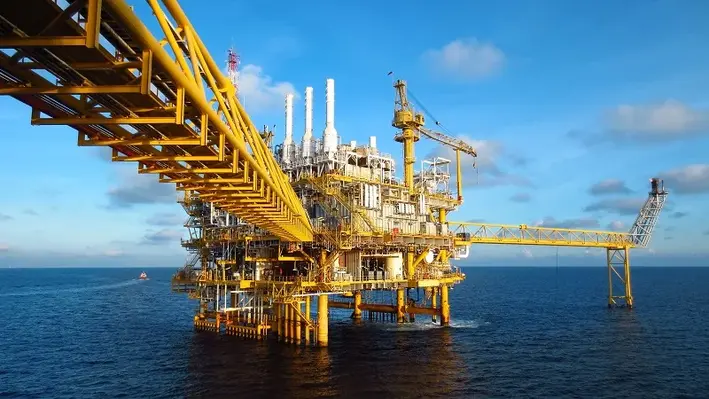
 SLB has acquired Stimline Digital AS, a leading well intervention software company.
SLB has acquired Stimline Digital AS, a leading well intervention software company.
Stimline Digital’s IDEX platform provides operators features powerful visualisation capabilities and enables a collaborative environment to optimise the planning and execution of well intervention operations. Powered by AI, the application enables operators to efficiently standardise digital workflows through all phases of interventions, from planning through to real-time execution and post-job analysis.
The IDEX platform will be integrated with SLB's data environment and advanced intervention applications for planning and modelling, providing operators with the ability to create intelligent, data-driven workflows and thus ensuring greater consistency, efficiency and performance for well interventions.
“With 80% of global production expected to come from mature fields by 2030, innovative digital technologies are needed to improve the success rate and economics of interventions,” said Frederik Majkut, president, Reservoir Performance, SLB. “Through this acquisition, we aim to scale adoption of the IDEX platform as an agnostic ecosystem to help the industry standardise cumbersome planning and execution processes. We will also integrate it with our technology stack and domain expertise to provide our customers with well intervention performance assurance.”
The MENA region could potentially be a strong market for SLB’s strengthened well intervention capabilities, given the prevalence of mature fields and the focus on EOR activities.
In addition to its well intervention capabilities, the IDEX platform will enable teams to collaborate on and publish digital well operations procedures with full traceability and control, as well as supporting the real-time execution tracking of these procedures.
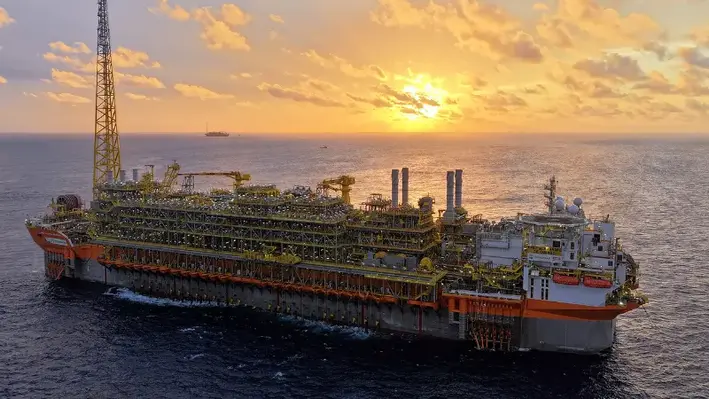
 Petrobras’ average oil, natural gas and natural gas liquids production grew by 5% in Q2 2025, reaching 2.91 million barrels of oil equivalent per day.
Petrobras’ average oil, natural gas and natural gas liquids production grew by 5% in Q2 2025, reaching 2.91 million barrels of oil equivalent per day.
The increased performance was mainly attributed to the ramp-up of FPSOs in the Búzios, Jubarte, Marlim and Voador fields; the peak production of the Marechal Duque de Caxias field, and the entry into production of the FPSO Alexandre de Gusmão in the Mera field.
In Q2, 14 new production wells came into operation; seven in the Campos Basin and seven in the Santos Basin. The FPSO Alexandre de Gusmão marked the fifth platform in the Mera field within the Santos Basin and began operations on 24 May, 2025, in a major step forward in Brazil’s production from the pre-salt layer. The gas injection also began in 25 June, 2025. The platform has the capacity to produce 180,000 barrels of oil per day, in addition to compressing and reinjecting 12 million cubic metres of gas per day.
The FPSO Marechal Duque de Caxias entered production on 30 October, 2024, in the Mero field, reached peak production on 19 May by producing 180,000 barrels of oil per day. In total, the unit will have 15 wells.
Last month the P-78 platform vessel left the Singapore shipyard and is en-route to Brazil, where production start-up is scheduled for the second half of the year. The platform will be the seventh until to be installed in the Búzios field in the Santos Basin pre-salt layer, with a production capacity of 180,000 barrels of oil per day, in addition to compressing up to 7.2 million cubic metres of gas per day.
Petrobras has achieved serval production records this quarter, including total operated production in Q2 2025 of 4.19 MMboed (previous record was 4.05 MMboed in Q4 2023; total own pre-salt production at 2.39 MMboed (previous record 2.33 MMboed in Q4 2023); and the Mero field platforms broke the operated production marks of 600,000 bpd of oil on 6 July, 2025.
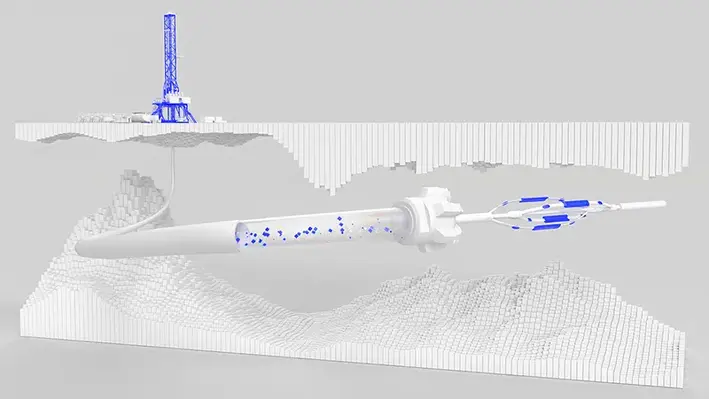
 SLB, a global energy technology company, has launched the OnWave autonomous logging platform, a first-of-its-kind solution designed to improve the efficiency and safety of formation evaluation in all well conditions.
SLB, a global energy technology company, has launched the OnWave autonomous logging platform, a first-of-its-kind solution designed to improve the efficiency and safety of formation evaluation in all well conditions.
The OnWave platform operates without the need for a wireline unit or cable. Its cable-free design allows it to be deployed in less than half the time of traditional wireline systems. It also permits drill pipe rotation and mud circulation during operations, reducing the risk of stuck pipe incidents and boosting overall well safety.
“The OnWave platform marks the beginning of a new era in formation evaluation,” said Frederik Majkut, president of Reservoir Performance at SLB. “By streamlining how we gather high-fidelity measurements downhole, we are opening up key opportunities for our customers to integrate data-driven decision making into their workflows across the well life cycle — from exploration through to production and recovery, he added.
The platform can be used in any well trajectory and does not require an SLB crew onsite. It autonomously handles key downhole tasks that would normally need surface-based engineers, including data acquisition and quality control. Uniquely, it maintains continuous communication with the surface, confirming tool status and position in real time — something most wireless logging systems cannot do. This ensures data quality and avoids the need for repeat runs.
The OnWave platform has been deployed successfully in various regions, including the United States and the Middle East. In South Texas, it cut landing time to total well depth from hours to just 27 minutes, a 70% reduction compared to traditional methods. Data processed at the surface delivered high-quality petrophysical and acoustic insights, enabling better completion and stimulation design, and helping to derisk field development for the operator.
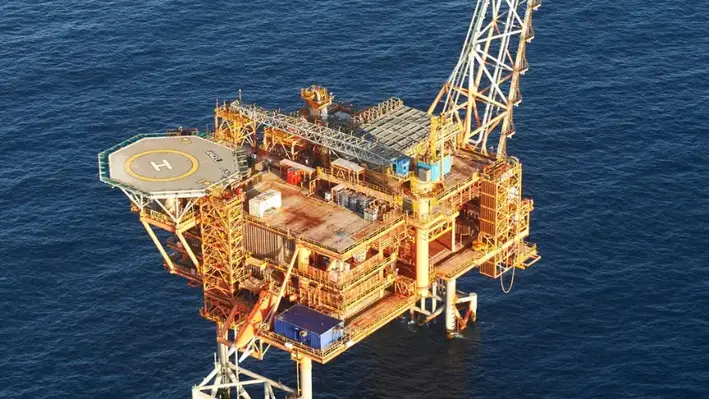
 Woodside Energy has assumed operation of assets in the Bass Strait following a historic agreement with ExxonMobil Australia, unlocking potential development of additional gas resources.
Woodside Energy has assumed operation of assets in the Bass Strait following a historic agreement with ExxonMobil Australia, unlocking potential development of additional gas resources.
From completion, Woodside will assume operation of the offshore Bass Strait production assets, the Longford Gas Plant, the Long Island Point gas liquids processing facility and associated pipelines.
As operator, Woodside will take on the responsibility for asset planning and execution activities, pursuing a value maximisation strategy that targets further production and reliability improvements. This move combines Woodside’s existing global operations with ExxonMobil’s experience workforce in the Bass Strait who will transfer to the operator.
The agreement also created flexibility to realise future development opportunities that meet Woodside’s capital allocation framework. The operator has identified four potential development wells that could deliver up to 200 petajoules of sales gas to the market. Under the agreement, Woodside can solely develop these opportunities through the Bass Strait infrastructure subject to the further technical maturation and a final investment decision.
Woodside EVP and COO Australia, Liz Westcott, said, “As a proudly Australian company, Woodside support essential domestic energy needs in both Western Australia through the North West Shelf, Pluto and Macedon operations, and on the east coast through its equity participation in Bass Strait.
“Taking operatorship of Bass Strait demonstrates Woodside’s continued commitment to meeting Australia’s domestic energy demand while maximising the value of existing infrastructure.”
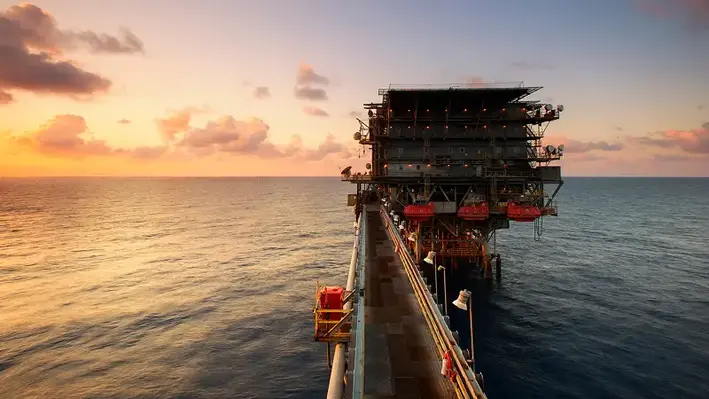

L&T Energy Hydrocarbon Offshore has received a substantial order from a major client in the Middle East.
The company made the announcement on 29 July, explaining that the order covers numerous offshore packages, including engineering, procurement, construction, and installation of offshore structures, as well as upgrades to existing facilities. The order is worth more than US$1.7bn, according to a press statement issued by the company.
L&T did not name the client or the country it will be operating in.
Calling it an 'ultra-mega' order, L&T said that its hydrocarbon offshore vertical helps the offshore oil and gas industry in a significant manner, and is the main provider of engineering, procurement, construction, installation, and commissioning (EPCIC) solutions.
With strong in-house engineering capabilities, cutting-edge manufacturing yards, and a dedicated fleet of marine vessels, L&T has a proven track record in both shallow and deep-water field development.
Over the last three decades, it has completed complicated projects requiring permanent platforms, subsea pipes and structures, brownfield renovations, and decommissioning.
L&T added that "this ultra-mega order demonstrates the speed and precision with which the Hydrocarbon Offshore business vertical delivers complex projects around the world while complying to world-class safety standards."
Larsen & Toubro is a US$30bn Indian multinational that specialises in EPC projects, high-tech manufacturing, and services across different regions.
In March this year, the company had bagged another ultra-mega project from QatarEnergy LNG.
Qatar had awarded L&T an offshore contract for the North Field Production Sustainability Offshore Compression Project (NFPS COMP), making it the largest single contract ever received by the company at the time.
The scope of work included the engineering, procurement, fabrication, installation, and commissioning of two offshore compression complexes, each consisting of large offshore platforms with compression and power generation facilities, living quarters, flare platforms, interconnected bridges, and other associated structures to be located approximately 80 km off the northeast coast of Qatar.
Commenting on the Qatari development, S.N. Subrahmanyan, Chairman and Managing Director – L&T had commented, “Securing QatarEnergy LNG’s Ultra Mega Offshore Contract – largest single order in our history, is a landmark achievement. This prestigious project strengthens our global energy portfolio while supporting Qatar’s energy security objectives. We look forward to setting new benchmarks in project execution that will reinforce Qatar’s position as a global LNG leader.”
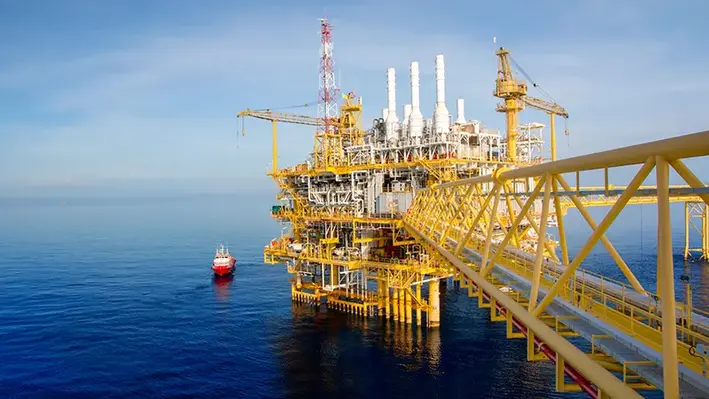
 Global energy technology company SLB has been awarded a technologies and services contract for carbon storage site development in the North Sea by the Northern Endurance Partnership (NEP), an incorporated joint venture between bp, Equinor and TotalEnergies
Global energy technology company SLB has been awarded a technologies and services contract for carbon storage site development in the North Sea by the Northern Endurance Partnership (NEP), an incorporated joint venture between bp, Equinor and TotalEnergies
NEP is developing onshore and offshore infrastructure needed to transport CO2 from carbon capture projects across Teesside and the Humber — collectively known as the East Coast Cluster — to secure storage under the North Sea.
SLB will deploy its Sequestri carbon storage solutions portfolio — which includes technologies specifically engineered and qualified for the development of carbon storage sites — to construct six carbon storage wells. The project scope includes drilling, measurement, cementing, fluids, completions, wireline and pumping services.
“Technologies and services tailored for carbon storage will play a critical role in shifting the economics and safeguarding the integrity of carbon storage projects before and after the FID,” said Katherine Rojas, senior vice-president of industrial decarbonisation, SLB. “We are excited to be a part of this groundbreaking CCS project in the UK, leveraging the proven carbon storage technologies in our Sequestri portfolio and our extensive expertise delivering complex CCS projects around the world.”
The NEP infrastructure is crucial to achieving net zero in the UK’s most carbon intensive industrial regions. NEP, via the Endurance saline aquifer and adjacent stores, has access to up to 1 billion metric tons of CO2 storage capacity. The infrastructure will transport and permanently store up to an initial 4 million metric tons of CO2 per year with start-up expected in 2028.


Saipem and Subsea7 have entered into a binding merger agreement to create a global leader in energy services, reaffirming the terms outlined in their February 2025 Memorandum of Understanding.
Both companies provide well upgrades and other services.
The new combined entity, to be called Saipem7, will be headquartered in Milan and listed on both the Milan and Oslo stock exchanges.
With an estimated annual revenue of €21bn, EBITDA exceeding €2bn, and a combined project backlog of €43bn, Saipem7 aims to position itself as a dominant force in offshore energy projects.
The merger brings together two highly complementary businesses, combining their geographic footprints, technologies, fleets and client portfolios.
No single entity will represent more than 15% of the overall backlog, underscoring the diversified nature of the business.
On completion, expected in the second half of 2026, shareholders of Saipem and Subsea7 will each own 50% of the new entity.
Subsea7 shareholders will receive 6.688 new Saipem shares per share held and a €450mn extraordinary dividend prior to closing.
Leadership will reflect a balanced governance structure: Mr Kristian Siem is expected to chair the board, while Mr Alessandro Puliti is set to become CEO. The Offshore Engineering & Construction business will be managed under a separate company, Subsea7 – a Saipem7 company – with Puliti and Subsea7’s John Evans leading as Chairman and CEO respectively.
The deal is backed by major stakeholders Eni, CDP Equity and Siem Industries, who have signed a shareholders’ agreement and committed to vote in favour.
The merger is expected to deliver €300mn in annual synergies, with added benefits to clients through enhanced project scheduling, expanded fleet capabilities, and integrated life-of-field services across oil, gas, and carbon capture.
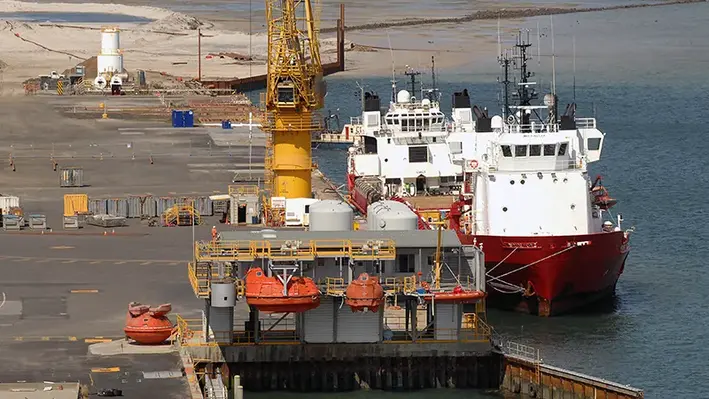
 Esso Australia has spent more than US$2.5bn in early decommissioning works in the Bass Strait so far as it dismantles infrastructure in the area — with the Barry Beach Marine terminal as integral to future work as it was in the establishment of the region’s offshore industry decades earlier.
Esso Australia has spent more than US$2.5bn in early decommissioning works in the Bass Strait so far as it dismantles infrastructure in the area — with the Barry Beach Marine terminal as integral to future work as it was in the establishment of the region’s offshore industry decades earlier.
The spend so far includes the permanent plug and abandonment of more than 200 wells, according to Richard Perry, a project manager for the company.
“This work will continue through to 2027, when we will then be ready to decommission by removing the platforms and transporting them to shore for dismantling and recycling,” he wrote in a recent update.
The group’s work in the Bass Strait represents perhaps Australia’s biggest decommissioning project.
The Strait is home to 19 offshore platforms that have produced oil and gas that has played a vital role in powering Australian homes and businesses and supported the nation’s energy security since the late 1960s.
Today, it supplies much-needed gas to south-east Australia from only six of these facilities.
“While ongoing investments will see us maintain our reliable supply of gas from Bass Strait into the 2030s, we are also decommissioning the 13 offshore facilities that are no longer producing oil and gas,” noted Perry.
However, decommissioning an offshore platform is a complex, multi-stage process, he added in a community outreach note.
“It begins with well plug and abandonment, which permanently seals the wells underneath the platform that have provided access to the oil and gas resources below the seafloor. Some of our platforms have up to 37 wells, while others have only a few. We then carry out essential maintenance including cleaning and disconnecting all pipelines from the platform.”
The Pioneering Spirit, the world’s largest construction vessel, will cut, lift and transfer the topsides and jackets from offshore platforms, onto barges for transport to the Barry Beach Marine Terminal, where they will be offloaded for dismantling and recycling.
For nearly 60 years, the terminal has played a central role in supporting Esso Australia’s Bass Strait operations, and will continue to do so as the emphasis shifts to decommissioning.
“The terminal has played a critical role in our safe completion of over US$2.5bn in early decommissioning works, including the permanent plug and abandonment of more than 200 offshore wells,” said Perry.
That incudes the safe recycling and disposal over 10,000 tonnes of steel and concrete at the terminal — around as much as the Eiffel tower weighs.
“As we move into the next phase of decommissioning, the terminal will continue to serve as our primary marine base, supporting both ongoing gas production and the safe, environmentally responsible and efficient removal of offshore infrastructure.”
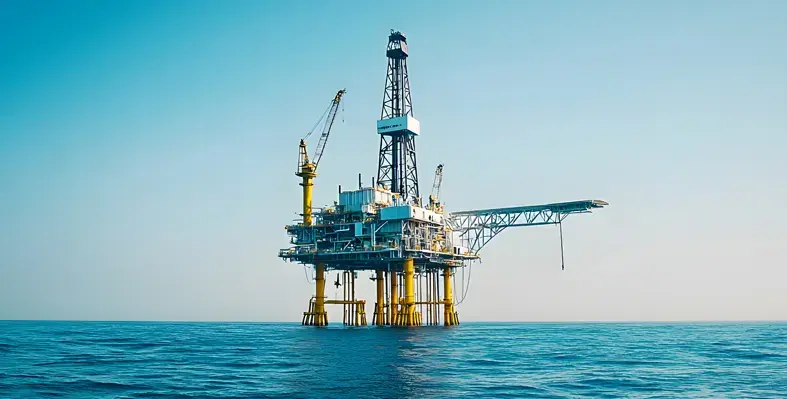

The Middle East and Africa well intervention market, valued at US$2.4bn in 2024, is projected to reach US$4.6bn by 2034, driven by a 6.4% CAGR, fueled by the region's focus on ageing oilfields and rising energy demands.
These figures, published by Global Market Insights (GMI), also reveal that this growth is evident in recent activities across Saudi Arabia, the UAE, and Egypt, where advanced well intervention techniques are enhancing oil and gas production. According to GMI, the offshore segment in this industry is expected to grow by 7% between 2025 and 2034.
In Saudi Arabia, the well intervention market is expected to reach US$510mn by 2034, propelled by extensive proven oil reserves and a focus on mature fields. In July 2024, Saudi Aramco announced discoveries in the Eastern Province, including two unconventional oil deposits, a light oil reservoir, and multiple gas fields, with the Al-Ladam field’s Ladam-2 well producing 5,100 barrels of very light Arabian oil and 4.9 million standard cubic feet of gas daily. These discoveries necessitate well intervention techniques like hydraulic fracturing and acid stimulation to optimise output from low-pressure wells and shale reserves, addressing the increasing presence of such assets.
In the UAE, ADNOC’s US$1.7bn contract awarded to ADNOC Drilling Company in May 2024 for 144 unconventional oil and gas wells is actively progressing this year. Well intervention services, including coiled tubing and wireline logging, are critical for maintaining well integrity and boosting production efficiency in these unconventional resources, reflecting the region’s shift toward complex geological challenges.
In Egypt, BP Egypt’s discovery of a substantial gas reservoir near its Temsah offshore operations in September 2024 spurred increased well intervention activities by July 2025. Companies deployed advanced logging services to assess reservoir changes and optimise production, driven by rising energy consumption and urbanisation. These efforts align with the region’s growing focus on deep and ultra-deep-sea explorations, where well intervention is essential for sustaining output.
Technological advancements are pivotal. In February 2024, Odfjell Technology opened a 10,000 sq m facility in Saudi Arabia’s Eastern Province, enhancing wellbore maintenance and intervention operations. By June 2025, this facility supported expanded drilling and intervention with new machinery and workforce growth. Strategic partnerships and mergers are also strengthening market positions, with companies investing in R&D for innovative intervention tools tailored to mature fields.
Government initiatives are fostering growth. Policies in Saudi Arabia and the UAE prioritise developing mature fields, with the zonal isolation segment expected to generate significant revenues by 2034. These efforts reflect a regional strategy to meet energy demands while extending the life of existing oil and gas assets through advanced well intervention techniques.
Page 15 of 109